The thermal spring of Gyptis in Loutra Ipati is one of the most ancient, known since ancient times. Effective for cardiovascular and skin diseases, arthritis, peripheral nerve diseases.
Background
The thermal waters of Hypatia (Gyptis) most likely originated in 427 BC, during the earthquake of that time, which, as Strabo mentions, caused great destruction throughout Central Greece and Evia. The antiquity of the Ipati source is confirmed by other elements, among which the most important were letters from the 4th century BC, preserved several years ago. There was written the name of the goddess Aphrodite, to whom the baths of Ipati were said to be dedicated.
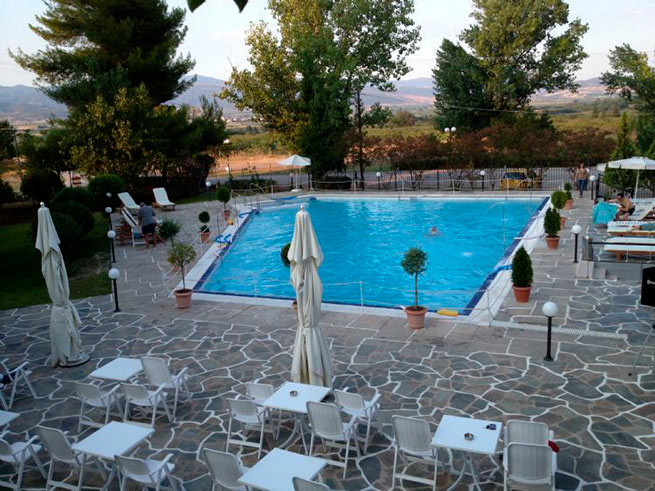
Marble slabs with ancient letters were also found, one of the inscriptions read: “Forgotten is he who is behind, who is free.”
After the 1st year AD, the region of Thessaly and especially Ipati received great fame from the spread of witches in this region, who, due to ignorance at the time and skill, were considered supernatural personalities who performed miracles. As Theophrastus and Pliny mention, witches used the hellebore plant, which grows at the foot of Parnassus and Oita and has calming properties, to treat the sick.
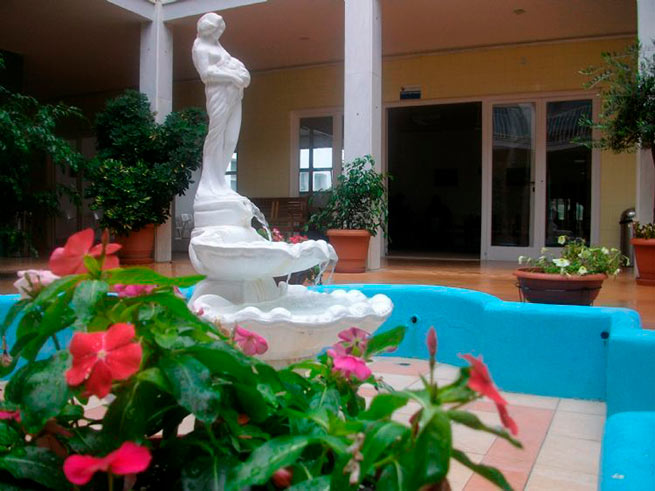
The witches of Hypatia are mentioned by Polybius, Heliodorus and Lucian, who wrote a story recounting his transformation with the help of witches. During the Turkish occupation, the Ipati baths, called the Patracik baths, were used. The organization of thermal springs began in 1805, and in 1903 it was the only properly organized spring in the country.
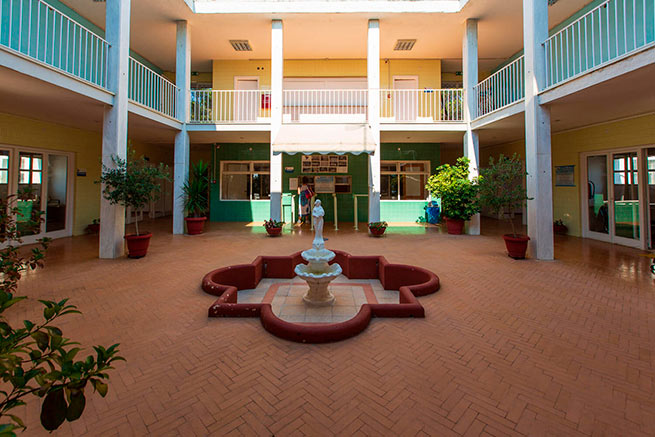
Hydrotherapeutic institutions
The Ipati hydrotherapy center is one of the best and most modern. It includes luxurious baths with continuous rooms for bathers to relax, first and second class baths, therapeutic baths, and baths for those suffering from severe skin diseases. The bathing chambers are surrounded by many waiting and rest rooms for bathers. There are also mechanical installations for ventilation of chambers to remove gases and installations for cleaning baths with a stream of water at a temperature of 80°C. There are a total of 59 bathing places in the spa.
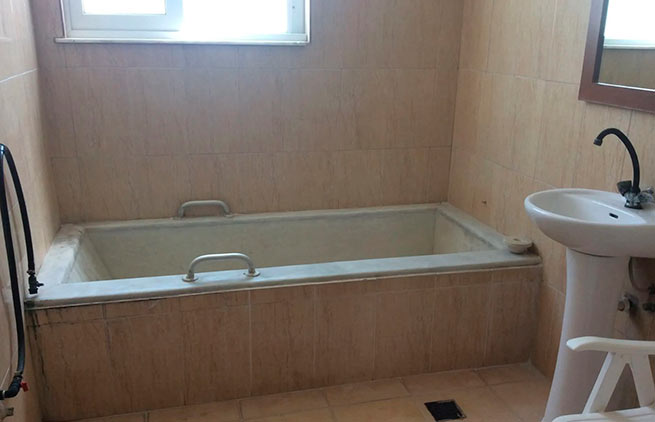
The Gyptis spring has a unique physical and chemical composition and belongs to a rare category of sources of hydrothiochlorosodium and alkaline earth acids. None of the springs today are similar to the one located at Loutra Ipati. It basically represents 2 categories of sources of oxycarbonates and sulfides, and therefore corresponds to 2 types of oxycarbonate baths or carbon dioxide and hydrosulfide baths.
The complex has an outdoor swimming pool 20*10 m and 1.5 m deep. In summer there are 22 individual baths, and in winter only 13.
| SCHEDULE IN WINTER | ||
| indoor baths | 09:00 | 17:00 |
| Open pool | 09:00 | 17:00 |
| SUMMER SCHEDULE | ||
| indoor baths | 09:00 | 20:00 |
| Open pool | 09:00 | 20:00 |
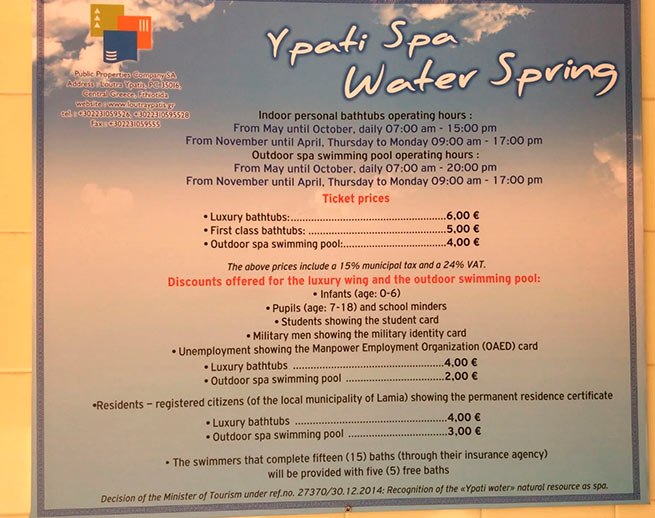
| TICKET PRICE | |
| Ticket to luxury baths | 8 euros |
| Class A swimming ticket | 7 euros |
| Outdoor pool ticket | 6 euros |
| 1 euro discount in the luxury wing | 7 euros |
| 1 euro discount in the pool | 5 euros |
| Discount of 1.00 euros for residents of the municipality of Lamia. | 5 euros |
| Discount 2.00 euros for children, students, unemployed. | 4 euros |
The above prices include council tax.
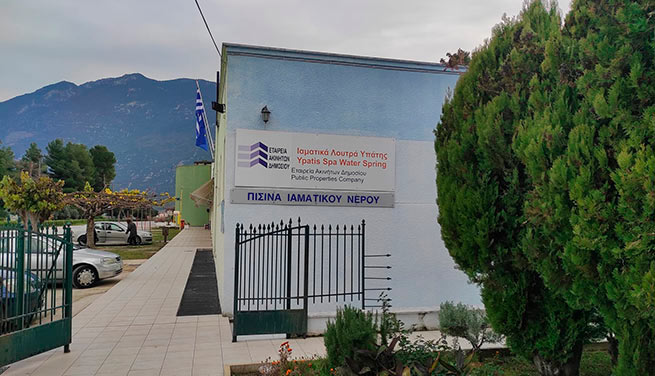
Indications:
- Vascular diseases and syndromes;
- Arterial hypertension – insufficiency of the cardiac coronary artery;
- Heart disease, heart valve disease, minor heart defects;
- Disorders of the nervous system of the heart, tachycardia, arrhythmia;
- Skin diseases – eczema, dermatitis and others;
- Peripheral nerve and muscle disorders, paralysis, muscle atrophy.
-
Atritism in its various manifestations
Chemical composition:
1 liter of spring water contains:
| CATIONS | ANIONS | ||
| Potassium | 0.0660 g | chlorine | 3.190 gr. |
| Sodium | 1.461 gr. | Bromine | 0.0084 g |
| Ammonium | 0.0043 g | Iodine | 0.00068 g |
| Calcium | 0.7717 g | Sulfate ion | 0.0219 g |
| Magnesium | 0.2162 g | hydrosulfide | 0.0019 g |
| Hydrophosphate ion | 0.000017g | ||
| Hydrocarbon ion | 1.924 gr. |
Origin and physicochemical composition of the waters of the Gyptis thermal spring
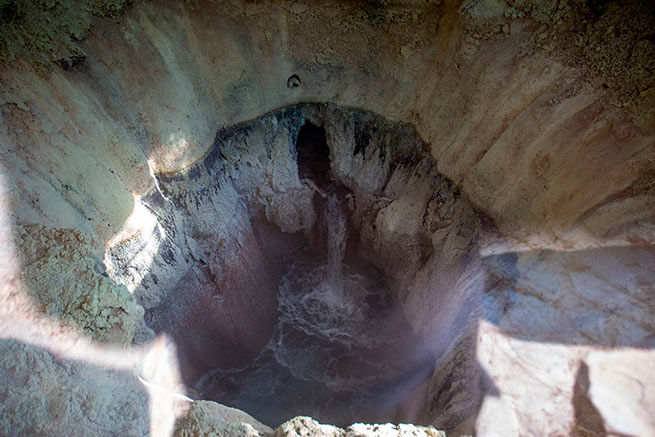
The Ipati spring, from which thermal waters flow, is a natural fissure about 30 meters deep and looks like a volcanic crater. Thermal water has a temperature of 33.5°C and, like other thermal waters, contains potassium, sodium, calcium, iron, magnesium.
But the main components of Ipati thermal water, which differs from others, are carbon dioxide dissolved in a free state, carbon dioxide and hydrogen sulfide. These two gases, found in Ipati thermal water in significant proportions, classify the source as a special category – oxycarbonate-hydrogen, with an indifferent temperature, which is rare and unique for the use of baths for diseases of the circulatory system.
The high content of carbon dioxide in the source, 1.49 grams per kilogram of water, and the content of hydrogen sulfide is due to the steam energy of the volcano of the Lihadon Islands, located 30 km from the source beyond the entrance to the Gulf of Maliaki.
Location:
The Ypati thermal complex is located in the small town of Ipati Loutra, founded in the 5th century. BC, 11 km from Lianokladi station and 19 km from Lamia.
Located in the intermountain river valley of the river. Sperchios of the Phthiotis plain. Epar.Od. Lianokladiou-Lichnou 1359, Loutra Ipatis 350 16, Greece
The email address is protected from spambots. Javascript must be enabled in your browser to view the address.



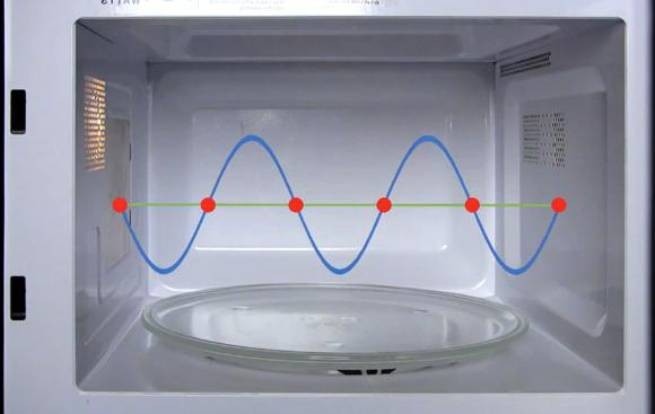

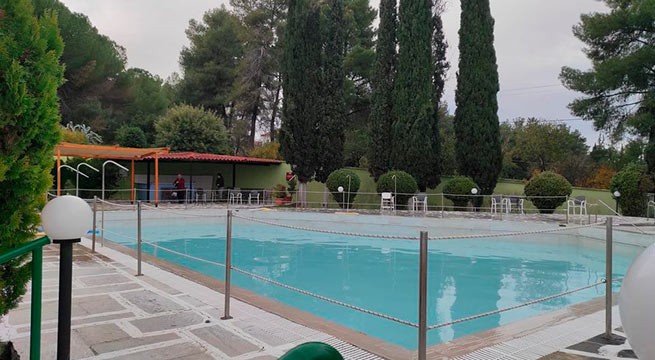

More Stories
Frangokastello: the legendary castle in Chania that stands out for its eerie aura
Amazing places within an hour's drive of Athens
This Easter, all roads lead… to Livadia